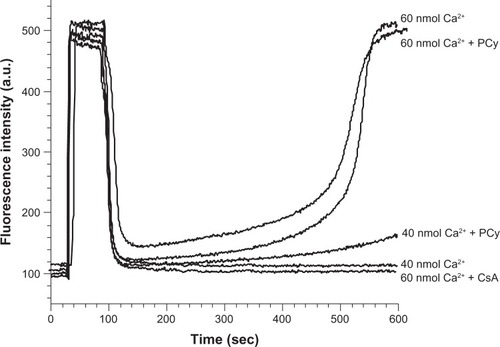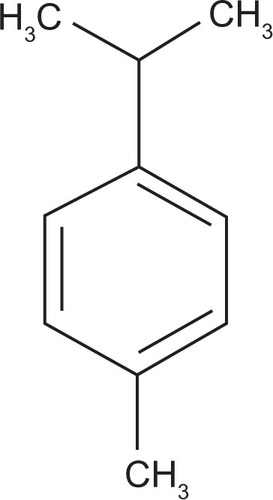Figures & data
Figure 2 Effect of p-cymene (PCy) on the respiratory states 2 (A), 3 (B) and 4 (C) of liver mitochondria induced by glutamate/malate. Mitochondrial respiration rates were determined by O2 consumption using a Clark-type electrode.
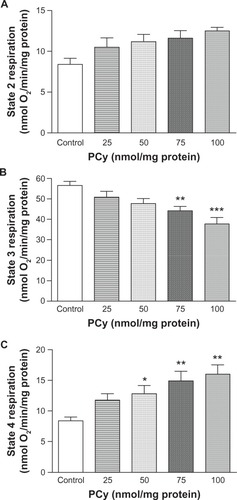
Figure 3 Effect of p-cymene (PCy) on respiratory control ratio (RCR) (A) and ADP/O ratio (B).
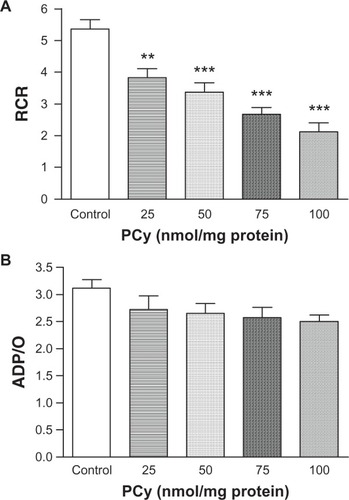
Figure 4 Effects of p-cymene (PCy) on mitochondrial swelling. The traces, obtained by following the light scattering at 540 nm, are typical of 4 separate experiments with different mitochondrial preparations.
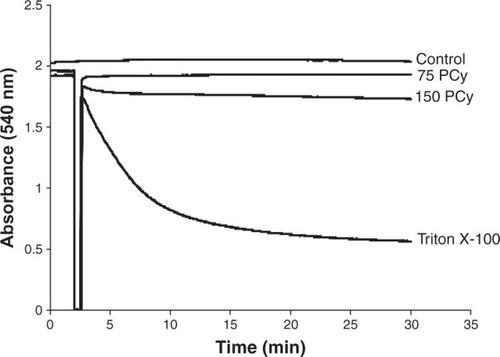
Figure 5 Effect of p-cymene (PCy) on state 2 plus ATP (A) and on state 4 respiration in the presence of oligomycin (st4-olig) (B). State 2 respiration was determined after energization of liver mitochondria with glutamate/malate and state 4 respiration after phosphorylation of ADP. State 4 respiration in the presence of oligomycin (st4-olig) was induced by the addition of ADP and oligomycin after the steady state of oxygen consumption characteristic of state 4 respiration had been reached.
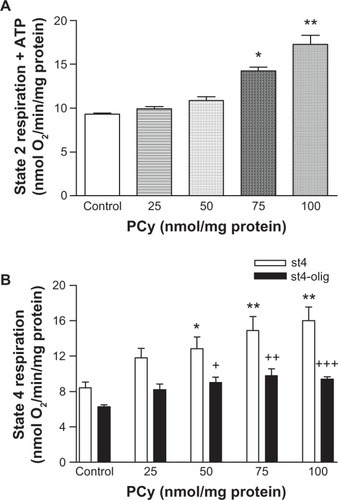
Table 1 Effects of p-cymene (PCy) on oxidative phosphorylation parameters of rat liver mitochondria
Figure 6 Effect of p-cymene (PCy) on Ca2+ fluxes of mitochondria isolated from rat liver. Freshly isolated mitochondria were incubated at 0.25 mg/mL under standard conditions as described in the Materials and Methods section. Standard medium was supplemented with different concentrations of Ca2+ 1 minute before mitochondria energization with 5 mM succinate. Cyclosporin A (CsA) (0.85 μM) or p-cymene (25 nmol/mg protein) were added to the reaction medium 3 minutes prior to Ca2+ addition. The traces are typical of 6 independent experiments.
